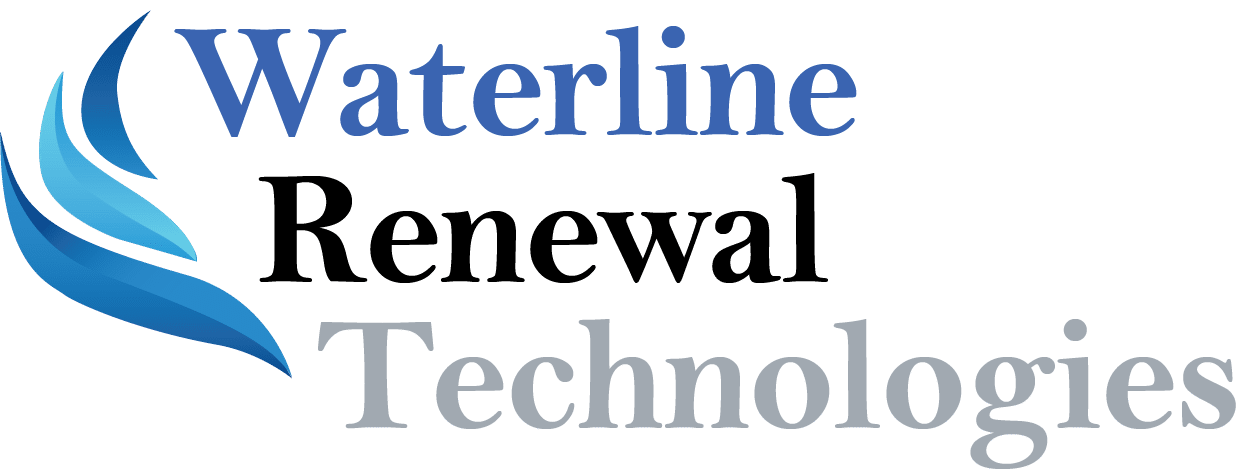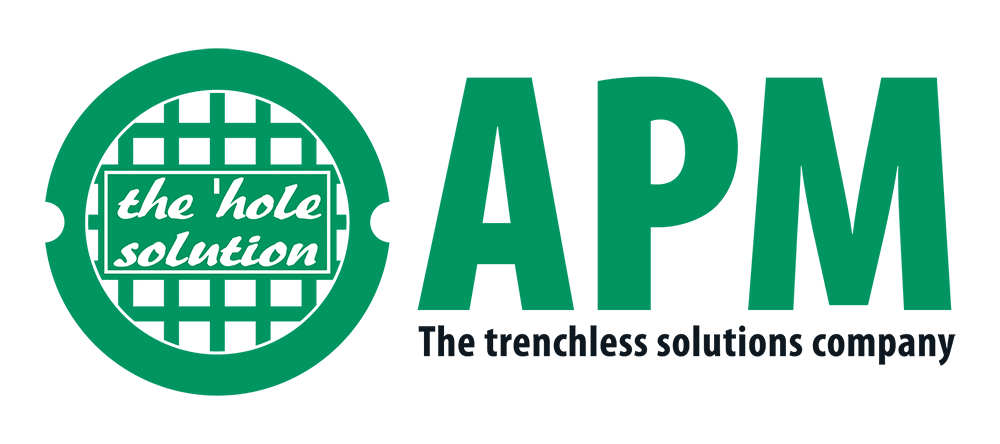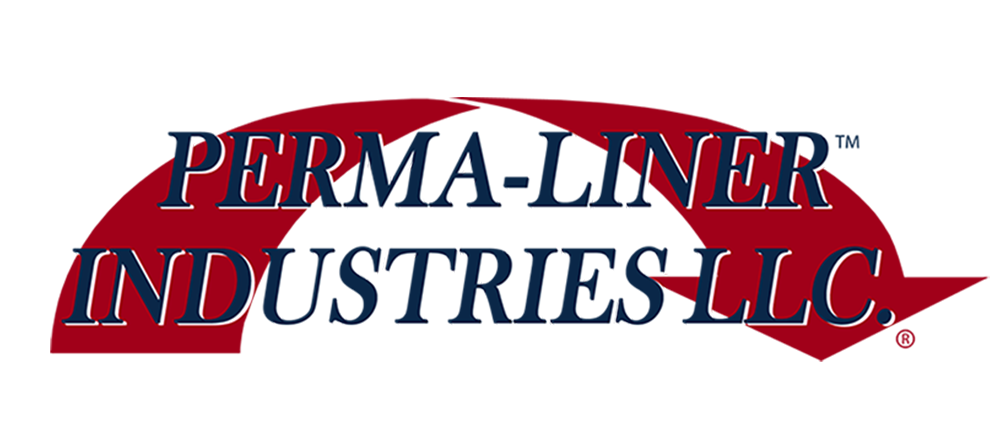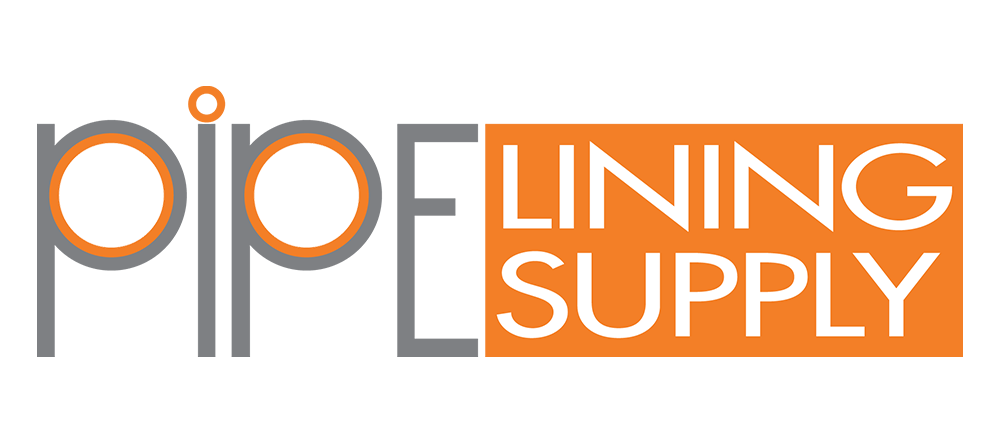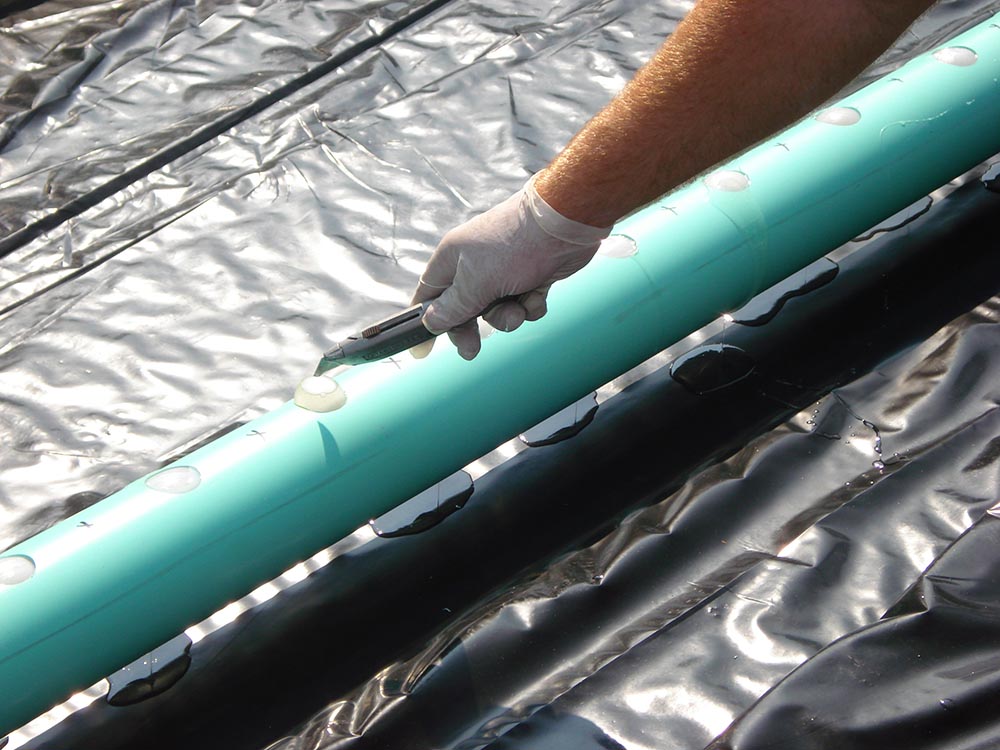The city of Portland has experienced a rainy month which led to a sewer overflow to discharge into the Willamette River. The River is an attraction for both residents and visitors alike, notwithstanding its most recent incidences of sewer efflux, causing increased bacteria and complications to the River. A combined sewer overflow is approximately 80 percent storm water and 20 percent sanitary sewage. Fortunately, the city has devised a strategy to manage these wet weather events and to improve the condition of the River. However, in order to fully address and eliminate most of the overflows, a separate sewer system would be required. Stormwater pipes would need to be in place across the combined sewer area, effectively separating storm water runoff from sanitary sewage. If this method is implemented, more construction will take place in and around the city at a future date. Even so, the city is currently in the process of rehabilitating more than 3 miles of sewer pipelines in one of Portland’s residential communities. This project will protect public health, and the condition of the environment, by reducing the possibility of sewer disturbances to homes, businesses, and streets. Construction is expected to be ongoing for several weeks near NE Martin Luther King Boulevard, as well as on NE Alberta Street.
Interesting fact: many communities no longer have a choice but to become more proactive about managing water. Many government agencies are now mandating that developments capture storm water. Aging infrastructure cannot handle large capacities flowing into the sewer system. Portland receives more than 40 inches of rain annually. This creates a heightened concern for overflows, as one-third of the sewer pipelines have reached their useful life span. With attention on keeping water out of the system, the city requires a storm water abatement plan for any construction with more than 500 square feet of a water-resistant surface.

